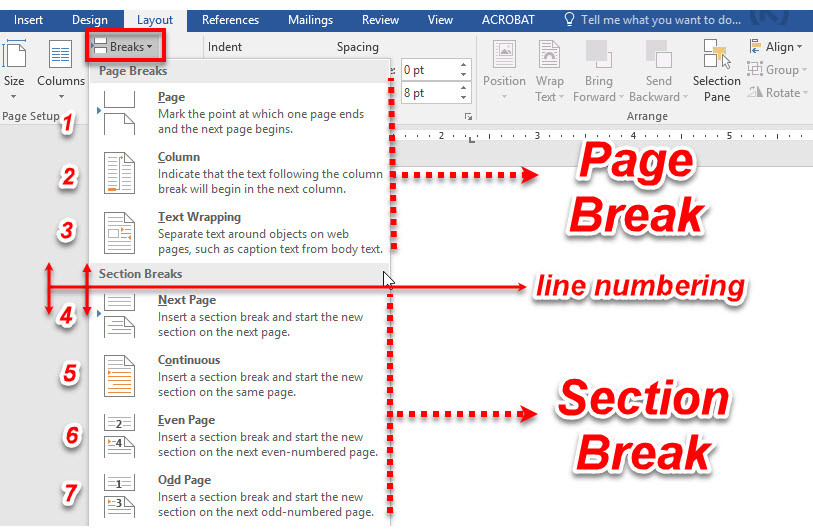

An AutoText entry can store anything a Word document can contain, such as formatted text, pictures, and fields. You can, for example, create a library of boilerplate paragraphs for business letters, or keep a handy selection of headers and footers. "AutoText is a way to store parts of a Word document for re-use. In the first article link above AutoText is defined as: We are both simply trying to provide plenty of information and help for you to peruse.īuilding blocks are very similar to AutoText. Don't be annoyed if you find your self in a loop. Note: Charles has put together a comprehensive treatment of AutoText in his linked article including links to other web resources on the subject including some of my own. For more on employing AutoText in general see Charles Kenyon's: AutoText and AutoCorrect in Microsoft Word and my AutoTextList tips page. The focus of this article is on managing building blocks and their relationship to the AutoText feature found in previous editions of Word. I use the term "document parts" to describe the collection of document properties, fields, and AutoText that existed in previous Word versions along with the new collection of building block galleries and their associated building blocks. Introduction to Building BlocksĮmploying a collection of document parts to create professional looking documents is even easier with Word 2007 - 2013. Additional, I will address some enhancements/changes to building blocks in Word 20. In this Microsoft Word Tips & Microsoft Word Help page I will discuss building blocks components introduced in Word 2007 and provide a few tools for enhancing their use.


 0 kommentar(er)
0 kommentar(er)
